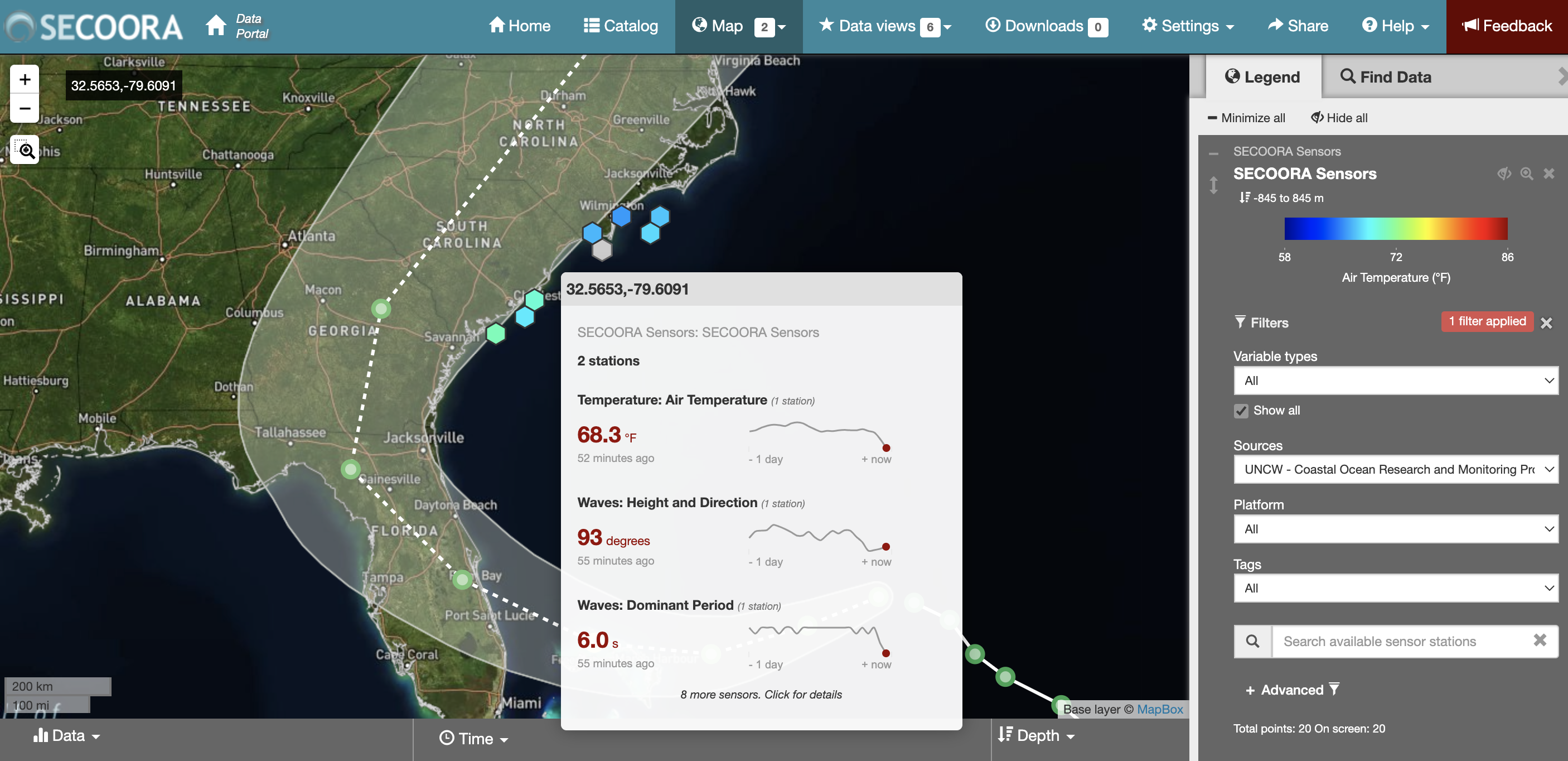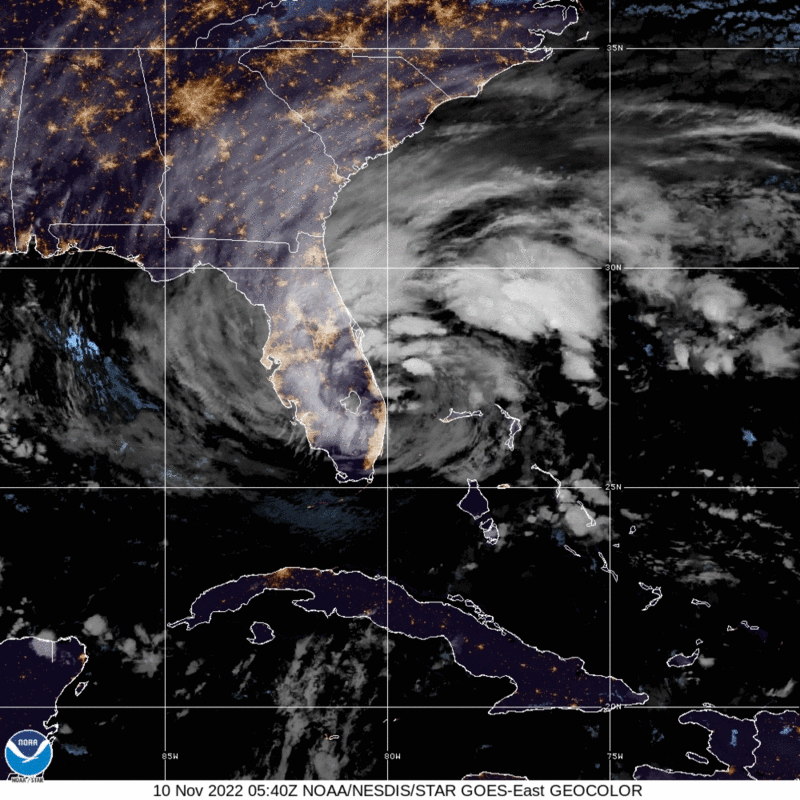
Last updated at noon on November 10, 2022.
Nicole’s center made landfall around 3 AM EST near Vero Beach, Florida. Now that the center is inland over Florida. It is assumed that weakening has begun, and Nicole is being designated as a tropical storm with maximum winds of 60 knots.
SECOORA put together this page to highlight data and information related to Nicole. It will be updated as new information becomes available.
Please email communications@secooraorgpact.wpengine.com with additional resources to add!
Visit the NOAA National Hurricane page for official updates.
Real Time Data from Buoys
Nicole is predicted to traverse through the South Atlantic Bight. SECOORA, U.S. IOOS and partners support marine weather and wave buoys off the coast of the Carolinas. As the storm moves north, explore mooring stations in North Carolina and South Carolina. The buoys are operated by UNCW Coastal Ocean Research and Monitoring Program.
Watch Nicole via Web Cameras
Check out SECOORA’s network of coastal web cameras. You will be able to see live images as Nicole moves along the coast. These web cameras are a low-cost coastal observing platform transforming how environmental monitoring is conducted. Web camera data has demonstrated value to address significant gaps in the nation’s ability to monitor and accurately forecast various weather, ocean, ecological, and public health hazards.
Follow the Data
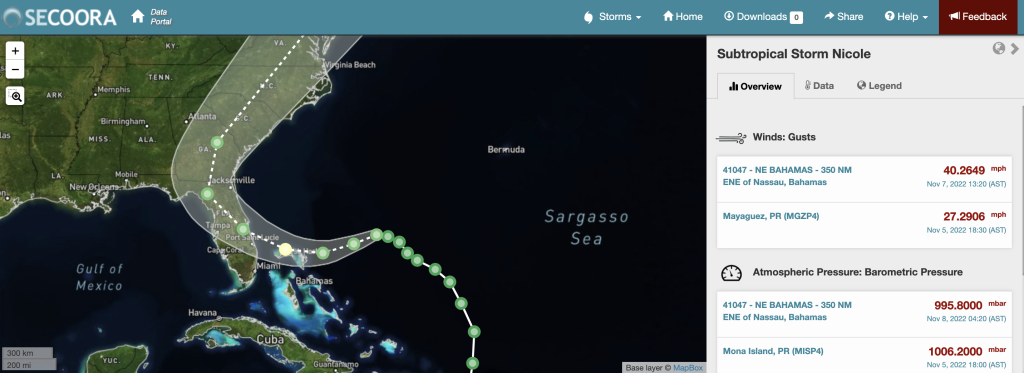
Eyes on the Storm is an interactive portal that connects you to live and past hurricane and tropical storm data. The tool pulls data from within 50 miles of a hurricane’s path and showcases the highest wind speeds and wave heights and lowest barometric pressure.
Marine Weather Portal
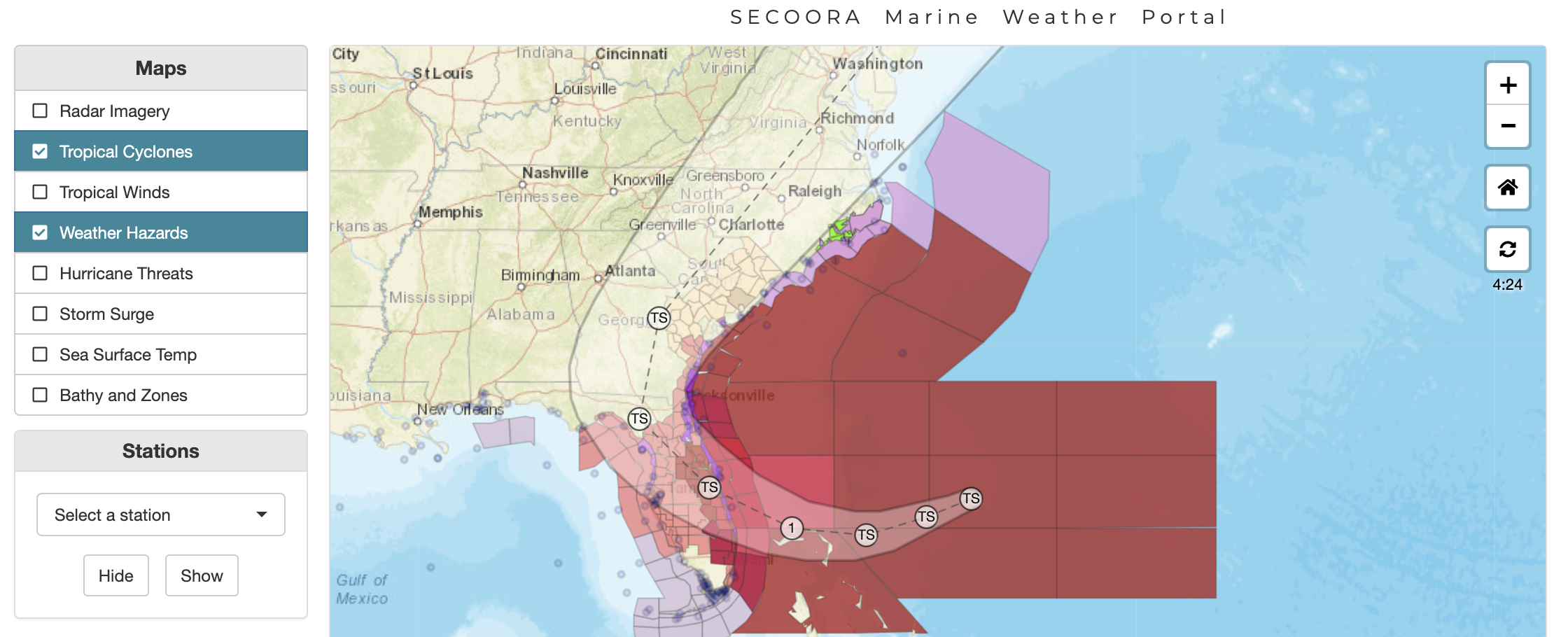
Visit the SECOORA Marine Weather Portal (MWP) for up-to-date weather hazards, tropical cyclone forecasts, and observations as Nicole approach’s the southeast. The new National Weather Service Hurricane Threats and Impacts map has been added to the MWP which indicates worse case scenarios for planning purposes.
Related news
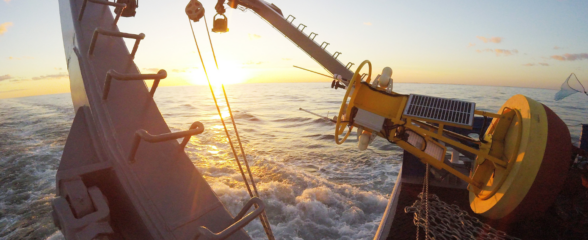
Funding Cuts to NOAA IOOS Will Hurt the Southeast
Proposed federal funding cuts would eliminate the IOOS Regional Observations budget for next year. Contrary to the budget Congress has already approved for this year, the Executive Branch wants these proposed cuts to go into effect in 2025.
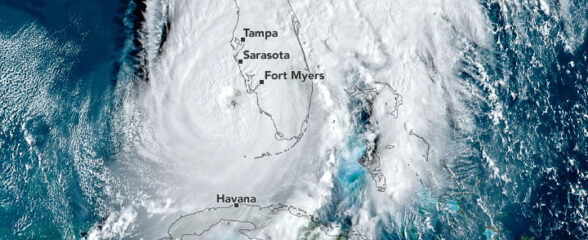
SECOORA Webinar on the Rapid Intensification of Hurricane Ian: Warm Subsurface Water on the Wide Continental Shelf
Join us Thursday, April 24th at 12 PM ET for the April installment of the SECOORA Coastal Observing in Your Community Webinar Series! This month, we will hear from Dr. Yonggang Liu from the University of South Florida. He will discuss his research on the rapid intensification of Hurricane Ian in relation to anomalously warm subsurface water on the wide...

Webinar: SECOORA Data Portal Demo
Join us on Thursday, February 20, 2025 at 1:00 PM ET to learn more about the SECOORA Data Portal and how to navigate it. Axiom Data Science will be providing an overview of the portal, including how to search the Catalog and make a custom data view.
